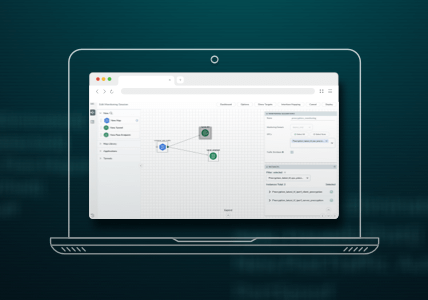Visibility in IoT Infrastructure – Moving from Subscriber- to Device-Aware Visibility
As the IoT starts to become more of a reality, the impact of all these new devices and the traffic they create will be substantial on carriers. According to a conservative estimate from GSMA Intelligence, a leading supplier of data for mobile operators, it is expected that at least 10 percent of IoT devices will be connected via 4G networks in 2020. Based on forecasts of 30 to 50 billion devices at that time, the result is a minimum of 3 to 5 billion connected devices.
To meet this challenge, carriers must have a flexible core network that can support not only many different types of devices, but also many classes of service and service levels. In addition, a large number of access technologies will be used by this broad range of IoT devices. With all of this variation, there is a pressing need for a solution that can help carriers better serve high-value subscribers, optimize operational tools, and improve efficiency. Read the full article to find out how a traffic visibility architecture can solve these problems, along with many others.








